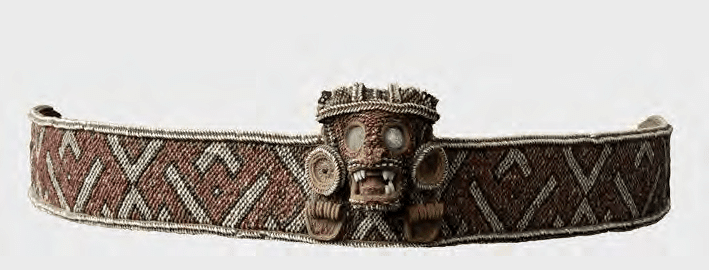While randomly perusing PARES, we encountered more documents that allude to indigenous communities surviving in Hispaniola after 1550. One document, from 1555, mentioned 3 or 4 different hidden communities of Indians native to the island. One of them was apparently in the the area of today's Haiti. Another was located in Samana and the one located in "Aguayo" was probably in the area once associated with the Ciguayo Indians, perhaps. The last one mentioned with a specific location was located near Puerto Plata. Indeed, it was this one, where a white man named Villapando seized people. Villapando, looking for runaway Africans, must have been surprised to find a community of native people. Apparently, the government knew little about these hidden communities and there could have been more than 4, since unknown communities of were said to exist in Cabo Tiburon. While the government called for Villapando to let those Tainos seized from the pueblo near Puerto Plata go free, the fate of these communities is unknown. Given the fact that Indians were still secretly enslaved or sold in nearby Puerto Rico and the similar complaints of labor shortages from Santo Domingo, one would expect that Tainos seized from these communities were forced to provide labor in the colonial settlements. A few, perhaps in the more remote areas such as Cabo Tiburon, may have been able to resist longer.
We know that in 1563, hidden communities of Indians were still suspected on the island. One priest even went to the trouble of searching for them in the mountains and hills of Hispaniola. They were said to be in Aguayo, Cape San Nicholas, and Cabo Tiburon, again areas where indigenous people were hiding in 1555. The priest, Francisco Juan de Ortega, was tasked with trying to convince them to move to areas where it would be easier for the Church to convert them. However, by promising them they would not have to serve any Spaniards, Ortega was mistreated by the whites and faced opposition from them. How long these indios naturales were able to resist Spanish attempts to control their labor is unknown. In 1571, when Lopez de Velasco's Geografía y descripción universal de las Indias was published, he wrote that Hispaniola only had 2 pueblos de indios with a population of 50. However, his sources may have been outdated or incomplete. And if his reports of depopulated towns such as Yaquimo were correct, it is possible indigenous people were able to remain hidden in parts of the island like Cabo Tiburon.
Despite the paucity of details, the survival of indigenous communities into the 2nd half of the 16th century challenges the theory of Taino extinction. Similarly, the fact that the Church was, at least on paper, expressing great concern over their religious salvation, suggests that indigenous religious practices were still maintained. The fact that they had to be promised protection from the abuse of the Spanish certainly supports the contention of scholars like Guitar and certain Taino revivalists. The colonial government was unable to actually know how many indigenous people were on the island and they also had motives to lie or minimize it when they illegally enslaved or abused them. In addition, "indios naturales" also appear in the archive for the 17th century. Indeed, we have a record of Ignacio Dominguez, indio natural of Santo Domingo, returning to the island in 1621. While it is possible his parents were not natives of the island, the evidence overall supports Taino survival.




No comments:
Post a Comment